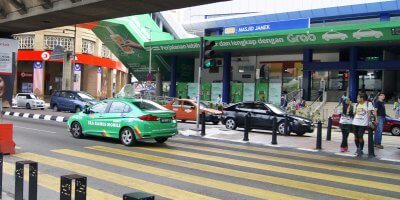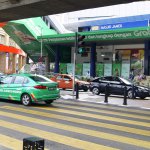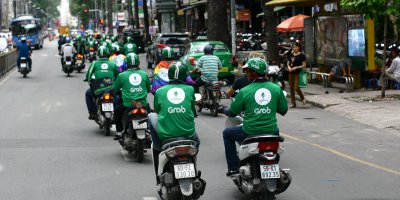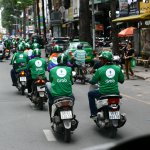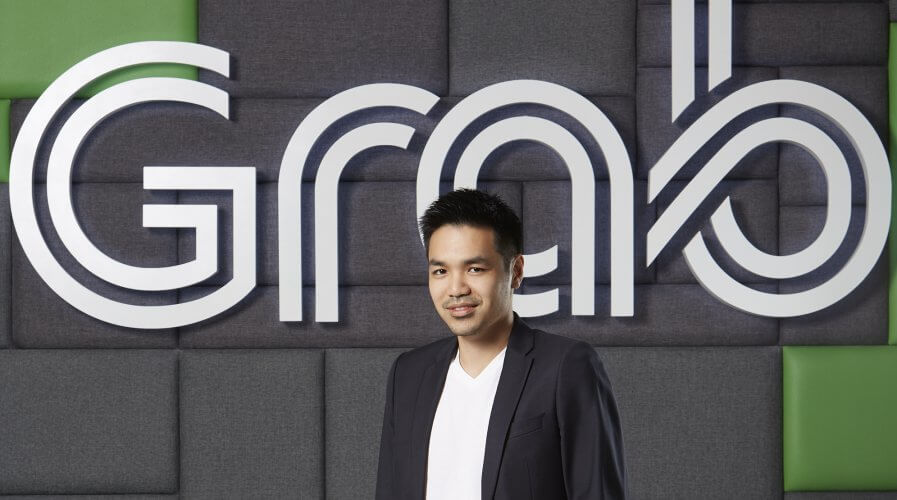
Grab Malaysia country manager Sean Goh. Source: Grab
What can we expect from Grab in 2019?
SINGAPORE-based Grab has had a tumultuous year thus far.
In March, the then ride-hailing app absorbed its rival Uber’s operations in Southeast Asia, virtually giving the company a monopoly in the region.
The deal was said to have adversely affected both drivers and customers and got the company in trouble with the regulators for violating anti-competition laws in Singapore. Grab was forced to pay a fine of US$13 million eventually.
But the deal also enabled Grab to expand beyond its core-business and venture into becoming an everyday superapp. The company started rolling out new services – GrabFood, GrabPay, GrabDelivery- across the region.
Valued at US$11 billion, Grab is the sole decacorn in Southeast Asia and is planning on growing its value manifold by integrating more services on its platform.
To that end, the company also opened its seventh R&D center in Kuala Lumpur and plans to add another 1,000 tech jobs to support the development efforts.
So, what exactly Grab has in store for 2019? Sean Goh, Grab Malaysia Country Head, fill us in on the companies plans and vision for next year.
More tech-driven safety features
This year, Grab has served one in ten Malaysians, and drivers have completed about 200 million rides that total up to approximately 1.45 billion kilometers.
Acknowledging that the transport sector is a core part of the business, Grab is looking to leverage its capabilities as a tech company to develop technology-driven safety features to be integrated into its platform.
“We started a telematics pilot project this year, that looks at the driving patterns of drivers; whether they’re driving too fast or speeding. Depending on the severity of the cases, we will advise and provide our drivers with tips regarding their driving habits.”
Goh added that the company is also looking to bolster the safety features for their driver partners next year. One of the technologies that is being developed is facial recognition technology that will utilize smartphone cameras to identify passengers that use the platform.
A race to establish its superapp
In 2019, Grab will add even more on-demand services on its platform to bolster its status as a superapp. It plans to bring in global and regional market leaders on board via GrabPlatform – a new capability that allows vendors to integrate their services with Grab.
Among the brands that are slated to feature on Grab next year include hotel booking platform Booking.com, telehealth provider Ping An Good Doctor, and grocery delivery service Happy Fresh.
“There are some categories where there are obvious players that fit in. But is many other categories, we’re looking at a fragmented market where we know the top three players from Malaysia are different from the top three players in Indonesia.”
In those cases, Grab will bring onboard those that best serve the category in that particular country.
The future is seamless
As people spend more time on their phones and less time switching between apps, Grab’s superapp will serve to improve engagement. But Goh believes there’s more to it.
“We are trying to tie it together as well, not just having it one platform. For example, you get rewards across all the different services you use, and the points from one service can be redeemed on a different service.”
Bringing services to users in the most convenient way possible, ensuring a seamless and frictionless experience is the ultimate goal for Grab in the coming year.
“When it comes to services, it is about relevance. We want to provide our users with the services that we know they’ll use and love. There’s no compromise there.”
READ MORE
- Ethical AI: The renewed importance of safeguarding data and customer privacy in Generative AI applications
- How Japan balances AI-driven opportunities with cybersecurity needs
- Deploying SASE: Benchmarking your approach
- Insurance everywhere all at once: the digital transformation of the APAC insurance industry
- Google parent Alphabet eyes HubSpot: A potential acquisition shaping the future of CRM

